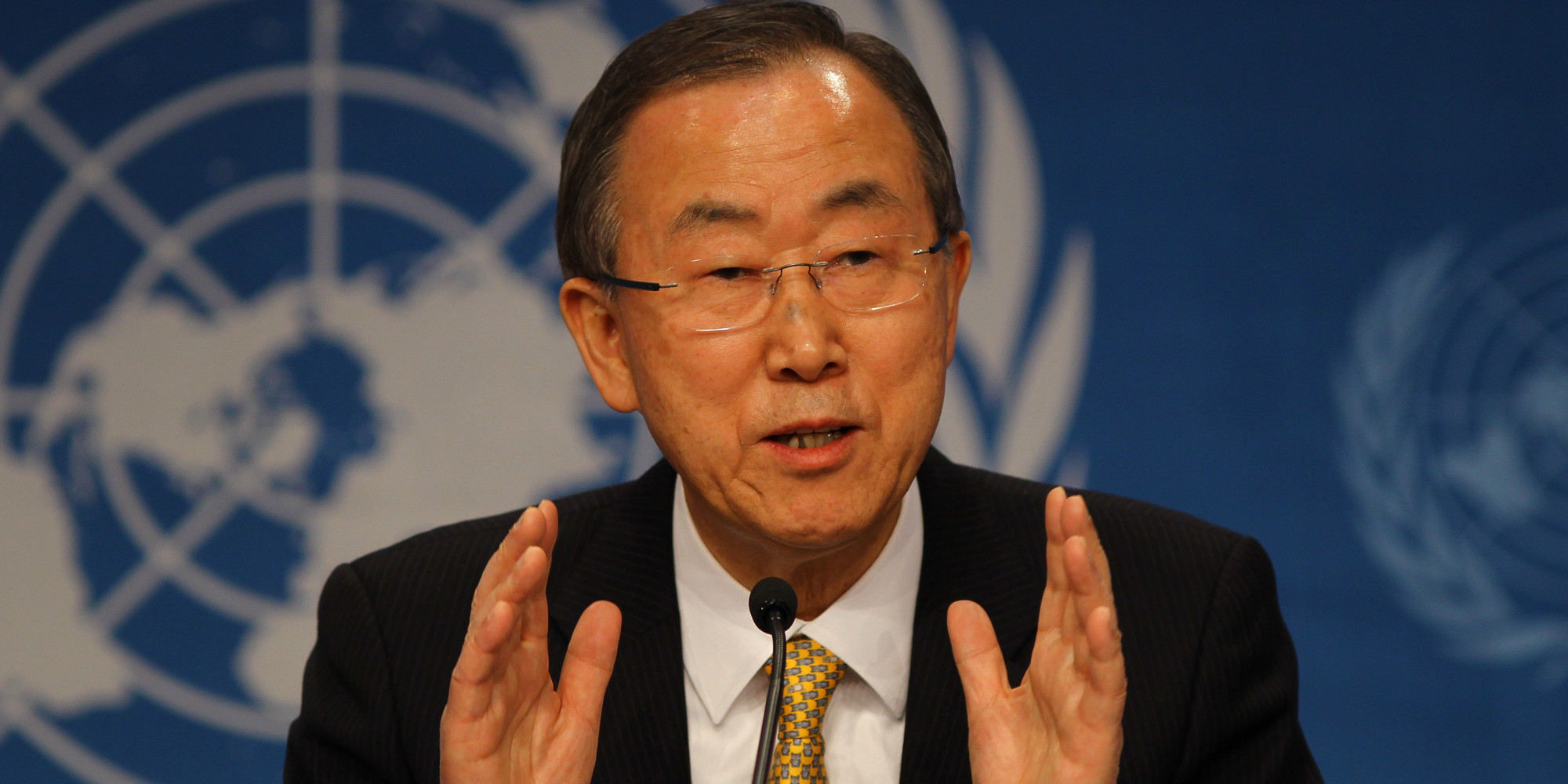The last 15 years have being unprecedented all over the world with one clarion call ‘implement Millenniums Development Goals (MDGs) and achieve all its targets by 2015. Even pupils and students aren’t left out in this exciting struggle. 15 years is over and we are now in 2015 to say good bye to MDGs and welcome the new bride ‘Sustainable Development Goals (SDGs). The world including this writer will be in New York from 25th – 27th September 2015 for the 70th session of the United Nations General Assembly to usher in our new bride ‘SDGs’ and also take a stock and say good bye to ‘MDGs’.
The sustainable development summit during the 70th session “Transforming our world: the 2030 Agenda for Sustainable Development” will set the agenda for a plan of action for people, planet and prosperity. It will seeks to strengthen universal peace in larger freedom and recognizes that eradicating poverty in all its forms and dimensions, including extreme poverty, is the greatest global challenge and an indispensable requirement for sustainable development. The 17 Sustainable Development Goals and 169 targets will be launched as a demonstration of the scale and ambition of this new universal Agenda. The goals seek to build on the Millennium Development Goals and complete what these did not achieve. They seek to realize the human rights of all and to achieve gender equality and the empowerment of all women and girls. They are integrated and indivisible and balance the three dimensions of sustainable development: the economic, social and environmental. The Goals and targets will stimulate action over the next fifteen years in areas of critical importance for humanity and the planet. I will come back to this later.
Let me digress a bit from the exciting moment of SGDs to share remarkable progress related to MDGs. In reducing child mortality (MDG 4), overall, substantial progress has been made towards achieving MDG 4. “The number of under-five deaths worldwide has declined from 12.7 (12.6, 13.0) million in 1990 to 5.9 (5.7, 6.4) million in 2015. This translates into 19 000 fewer children dying every day in 2015 than in 1990. The remarkable decline in under-five mortality since 2000 has saved the lives of 48 million children under age five – children who would not have survived to see their fifth birthday if the under-five mortality rate from 2000 onward remained at the same level as in 2000. Yet, despite these substantial gains, progress is insufficient to achieve the MDG 4 target.”
With respect to MDG 5 that seeks to improve maternal health has 2 targets (reduce by three quarters, between 1990 and 2015, the maternal mortality ratio) and (achieve, by 2015, universal access to reproductive health). “Globally, an estimated 289 000 women died during pregnancy and childbirth in 2013, a decline of 45% from levels in 1990. Most of them died because they had no access to skilled routine and emergency care.”
According to the most recent joint press release by WHO and UNICEF, Malaria which is part of the MDG 6, its target has been met. The MDG projection was that of the 106 countries and territories with malaria transmission in 2000, 102 are projected to reverse the incidence of malaria by the end of 2015. “Between 2000 and 2015, the proportion of children under 5 sleeping under an ITN in sub-Saharan Africa increased from less than 2% to an estimated 68%” said the report. Children under 5 account for more than two-thirds of all deaths associated with malaria. Between 2000 and 2015, the under 5 malaria death rate fell by 65% or an estimated 5.9 million child lives saved. A report “Achieving the malaria MDG target” – shows that the malaria MDG target to “have halted and begun to reverse the incidence” of malaria by 2015, has been met “convincingly”, with new malaria cases dropping by 37% in 15 years.
Among the 17 SDGs that will be launched this week we are concern about Goal 3 “Ensure healthy lives and promote well-being for all at all ages” and below are its 9 targets
- By 2030, reduce the global maternal mortality ratio to less than 70 per 100,000 live births
- By 2030, end preventable deaths of newborns and children under 5 years of age, with all countries aiming to reduce neonatal mortality to at least as low as 12 per 1,000 live births and under-5 mortality to at least as low as 25 per 1,000 live births
- By 2030, end the epidemics of AIDS, tuberculosis, malaria and neglected tropical diseases and combat hepatitis, water-borne diseases and other communicable diseases
- By 2030, reduce by one third premature mortality from non-communicable diseases through prevention and treatment and promote mental health and well-being
- Strengthen the prevention and treatment of substance abuse, including narcotic drug abuse and harmful use of alcohol
- By 2020, halve the number of global deaths and injuries from road traffic accidents
- By 2030, ensure universal access to sexual and reproductive health-care services, including for family planning, information and education, and the integration of reproductive health into national strategies and programmes
- Achieve universal health coverage, including financial risk protection, access to quality essential health-care services and access to safe, effective, quality and affordable essential medicines and vaccines for all
- By 2030, substantially reduce the number of deaths and illnesses from hazardous chemicals and air, water and soil pollution and contamination
Next week we will comment about the Global Strategy for Every Women Every Child (2016-20120) that will be launched side by side with SDGs.
1st published in Daily Trust Newspaper of 22nd Sept 2015 by Dr Aminu Magashi Publisher Health Reporters (healthweekly@yahoo.com)




